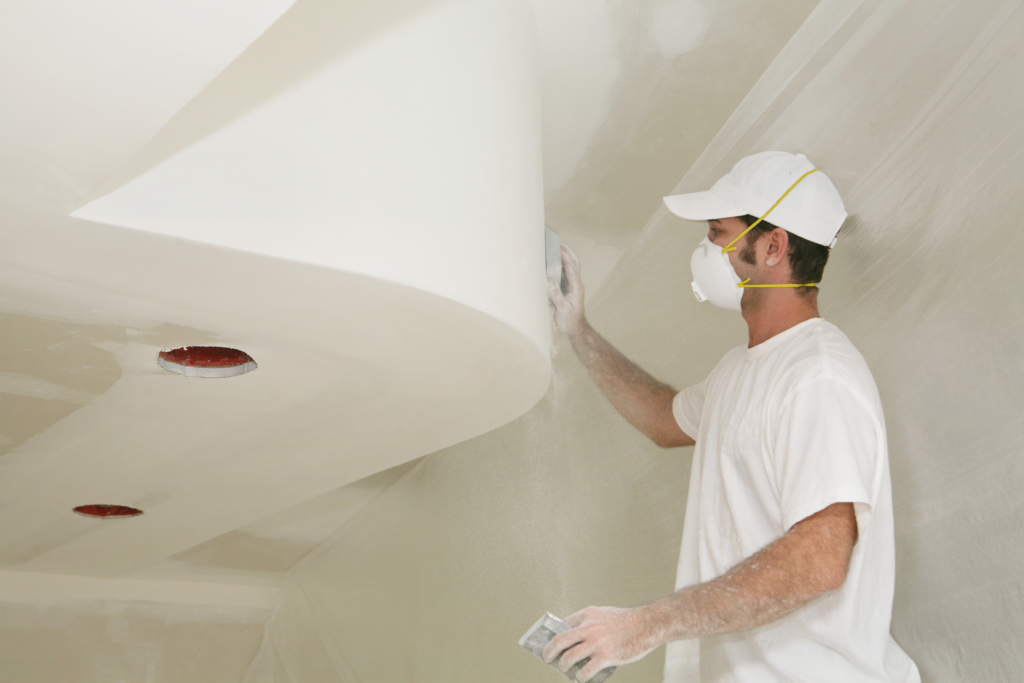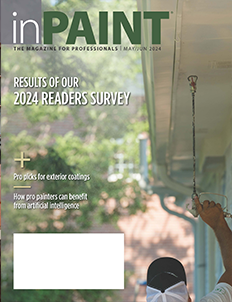Three prep lessons worth repeating
 Every painting professional has their own take on good prep, and there are many differing views on how much or little prep is really needed for any given job. Jordan Haire, Festool’s director of national accounts, sees and hears the wide-ranging perspectives pros bring to the subject every day. In his role, he tries to separate fact from fiction and pin-point areas that can improve the bottom line for pros and eliminate unneeded work.
Every painting professional has their own take on good prep, and there are many differing views on how much or little prep is really needed for any given job. Jordan Haire, Festool’s director of national accounts, sees and hears the wide-ranging perspectives pros bring to the subject every day. In his role, he tries to separate fact from fiction and pin-point areas that can improve the bottom line for pros and eliminate unneeded work.
“They all see things a little differently, but the one thing paint pros can agree on is that when paint fails, prep is the reason,” he said.
Haire sheds light on some prep talking points he often covers with paint pros. They are common mistakes that, for some reason, always seem to need repeating.
SPEED KILLS
Let’s be honest. There are times when the amount of time it really takes to prep a job and the amount of time a sales rep allots on the bid, keeping in mind profitability, are not in sync. Sometimes prep time expectations can be unrealistic, Haire says.
On the other hand, a painting professional may also think the speed with which they are sanding, scraping or power washing is adequate, even though slowing down and getting it right may be what’s needed. Communication between sales teams and actual crews, along with training, may be the keys to shaping realistic job time lines and creating situations that allow for good surface prep.
“Deadlines and expectations play a crucial part here and everyone on a team needs to understand how much prep is really needed,” he said. “If time were not of the essence, most pros would invest at least 40% of their time to make sure the surface is properly prepped.”
ELIMINATING DUST
When sanding, dust extraction is a key element to getting the surface ready for paint. Too often, pros add work by sanding, then cleaning, then painting—when a good dust-extraction system could eliminate considerable cleaning.
Haire touts the systems found on units like Festool’s Rotex 90 sander as well as the company’s random orbital sanders. These dust-extraction systems collect the dust at the surface and prevent it from becoming airborne. Then, dust won’t settle on other areas of the job and create unnecessary cleanup or cause adhesion problems.
“This is all about efficiency, increased productivity and profitability as well as reducing callbacks,” he added.
A SURFACE HISTORY LESSON
Haire says knowing the best practices for a specific surface is also key. This may require a little bit of a history lesson, some conversations with the property owner, and a little digging. The more a pro knows about a surface’s history and past coats, the better he or she will understand what prep is needed.
Outdoor decks or siding are tricky areas where it’s hard to gauge the history of the surface, he says. At the same time, certain chemicals on the surface, even cleaners that homeowners or past crews have used, may also impact adhesion and job quality.
“If someone didn’t prep properly on that last job, now that new painter is in charge of making it better years later,” he said.
For more articles on surface prep and other topics related to the painting professional, visit inpaintmag.com


